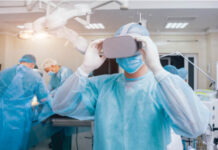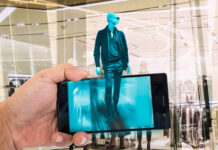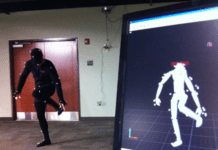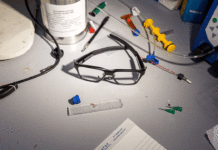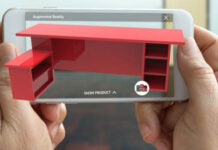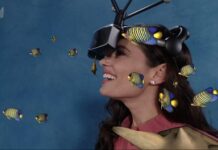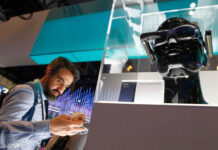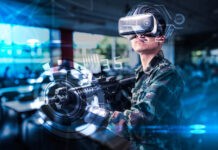
Augmented reality was introduced to the world by games such as Pokemon Go but AR technology has come a long way since then. It has delved deeper into our physical world. It has transformed itself into a tool we can use in many different sectors. Recent developments and launches from companies such as Apple, Google, and Snapchat allowed it to become a trend in 2018. While it might cause a buzz right now, it will only be fully adopted in a few years when developers are fully trained in new technology. AR is said to be where the money is because almost every smartphone can receive and create AR apps.
Many devices are already portable and attached to people so it is already a nice formula for innovation and disruption in several sectors. The AR industry is said to be between $30-162 billion. Big tech giants are already sinking their claws in this market. Apple developed its ARKit, Google introduced its ARCore, and Snapchat’s Lens Studio is the latest player to join the party. These allow developers to create their innovative apps and we already have virtual tape measures and filters on our phones. It is even moving away from entertainment purposes and into professional enterprises.
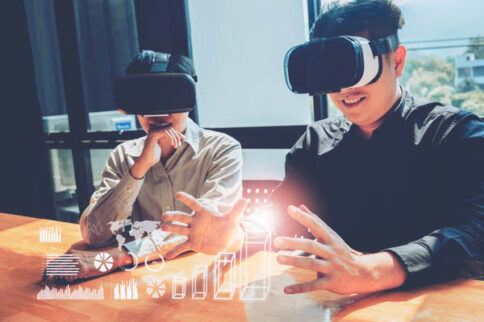
What about virtual reality? It was here first, wasn’t it? VR will still play an important role in the future especially where games are concerned but these devices are often expensive which is why it won’t be adopted as quickly as AR tech. This is not to say that AR is without fault. One of the issues is that consumers need to view added graphics through a screen which can cause them to retract from being in the moment.
The perfect solution would be for AR contact lenses to be created but we are still far away from that – especially if Magic Leap has anything to do with it. Magic Leap is a start-up company in Silicon Valley that is working with mixed reality technology. Instead of creating a new world, the user has a visor where information can be added so it appears to be floating. Almost as if AR/VR had a baby which removed all boundaries. The first type of this technology, The Magic Leap One Creator Edition comes with a small computer that powers a set of goggles. This will be aimed at developers. If it is as good as the videos show, it might just fly off the shelves.
The advertising world is also salivating at the idea of MR along with AR tech incorporated into their industry. Advertisers could soon start using eye-tracking capabilities to determine interest levels. But this has left people unhappy due to possible invasive repercussions.
The future of AR technology will go one of two ways: everyday usage that eventually becomes invisible or a nice-to-have device that never quite takes off. Until then, consumers can watch the market to see which road it takes.
January 8, 2018

